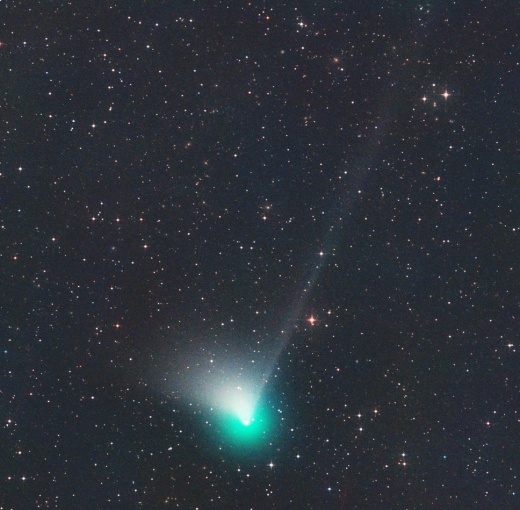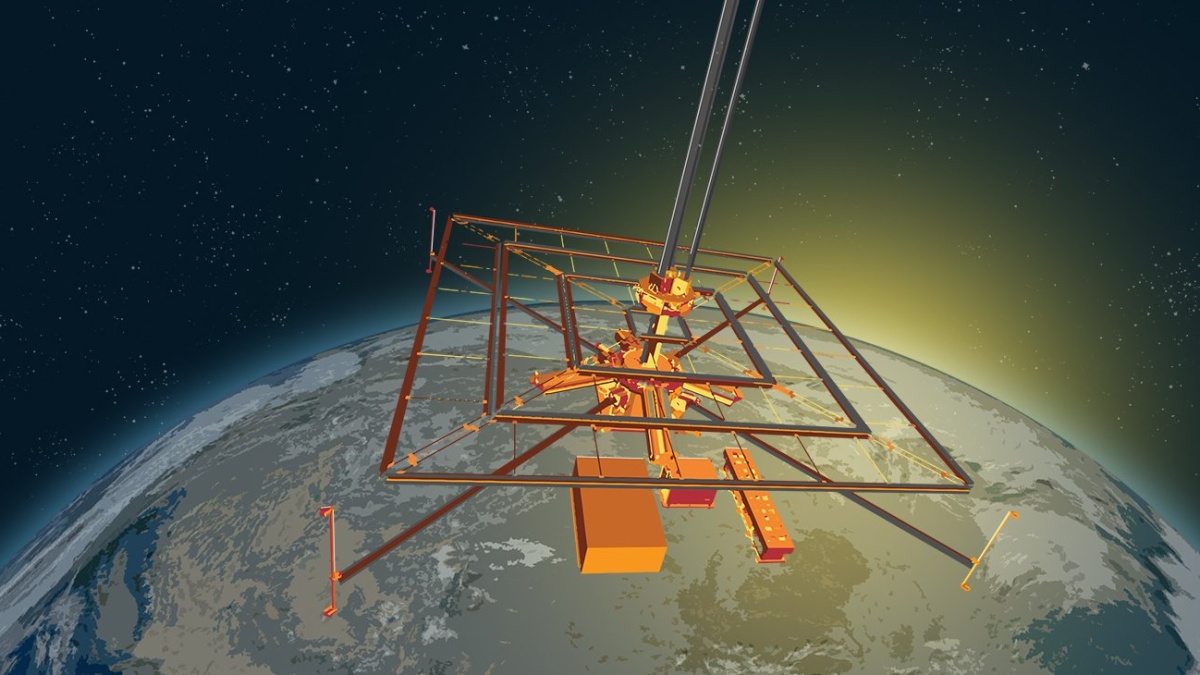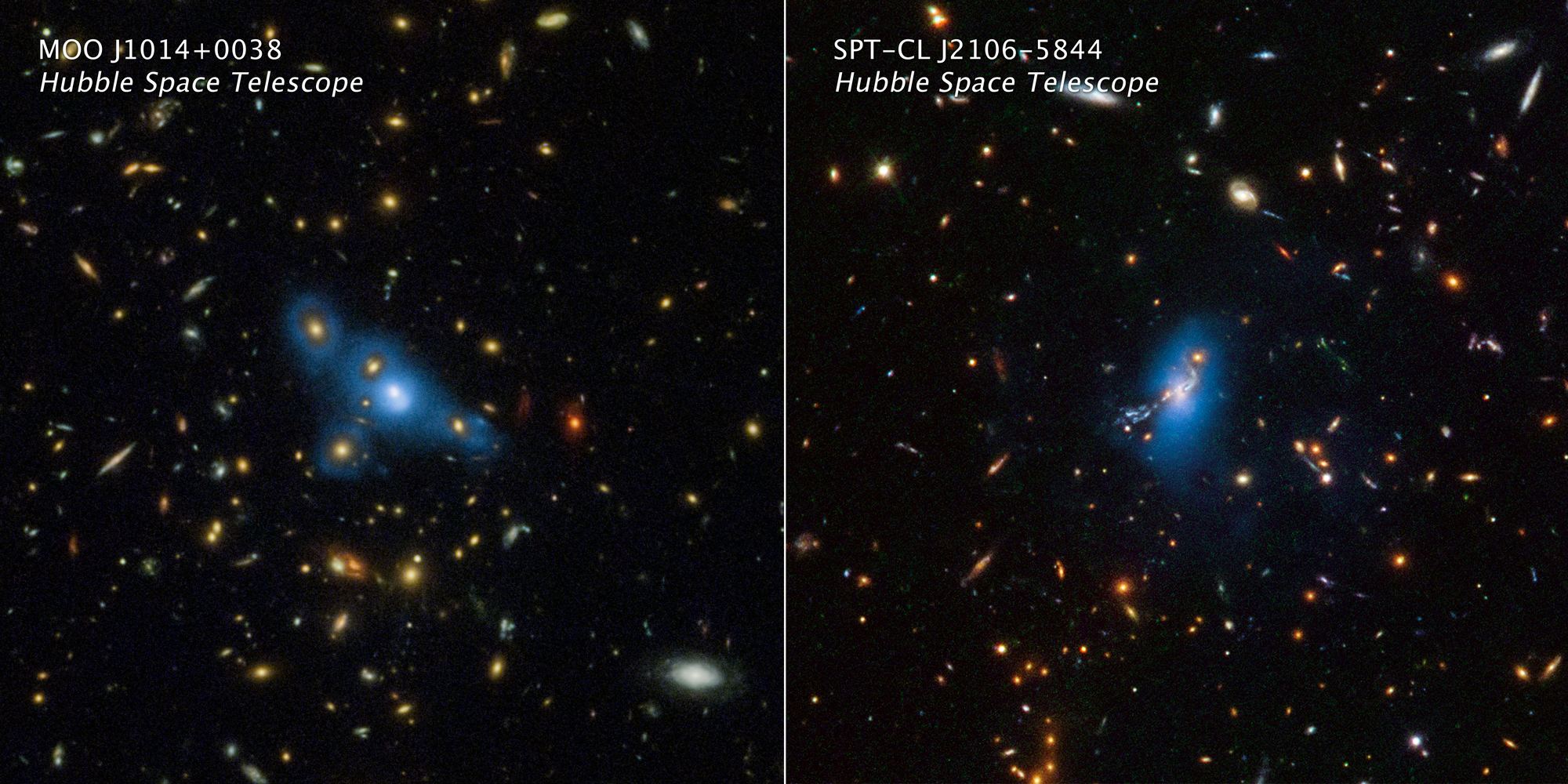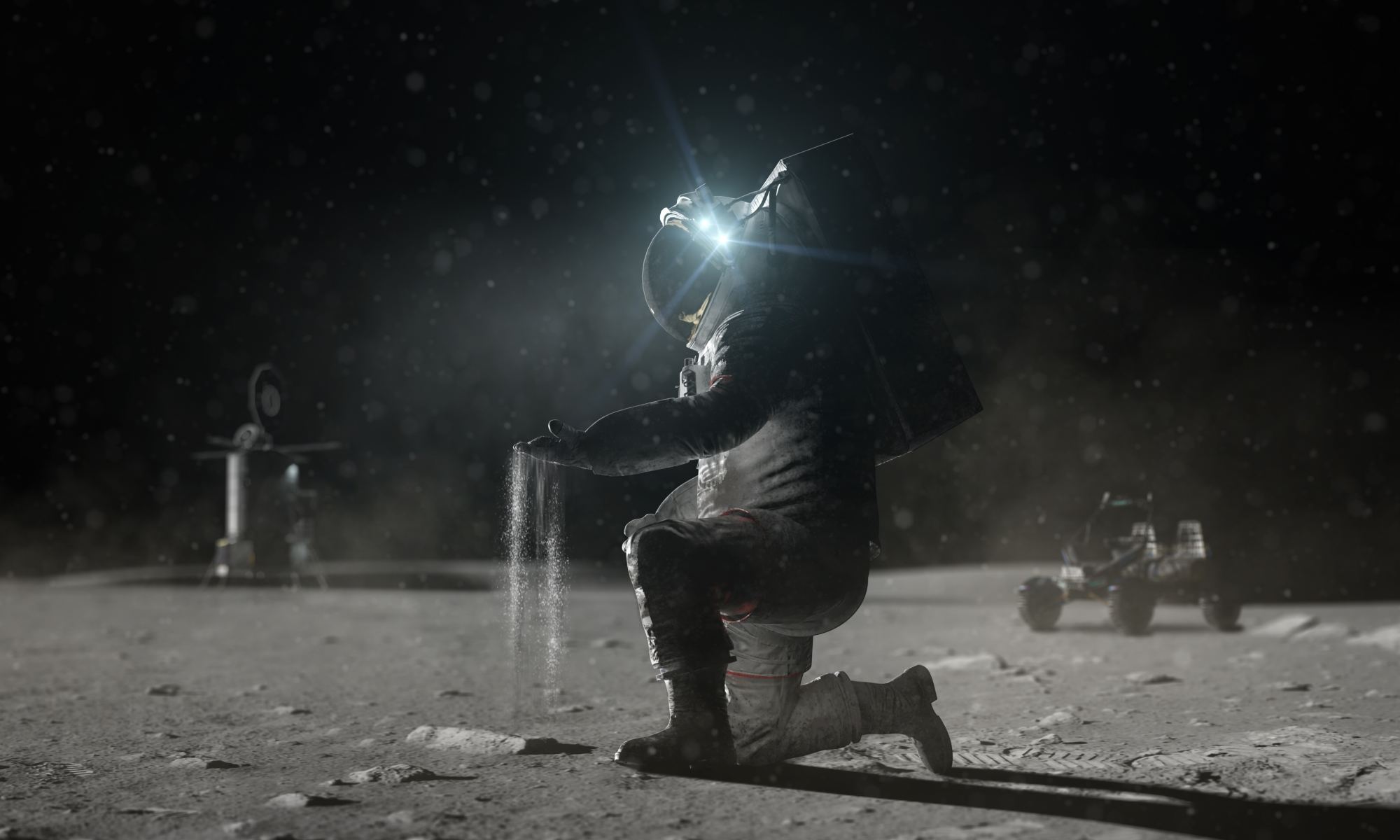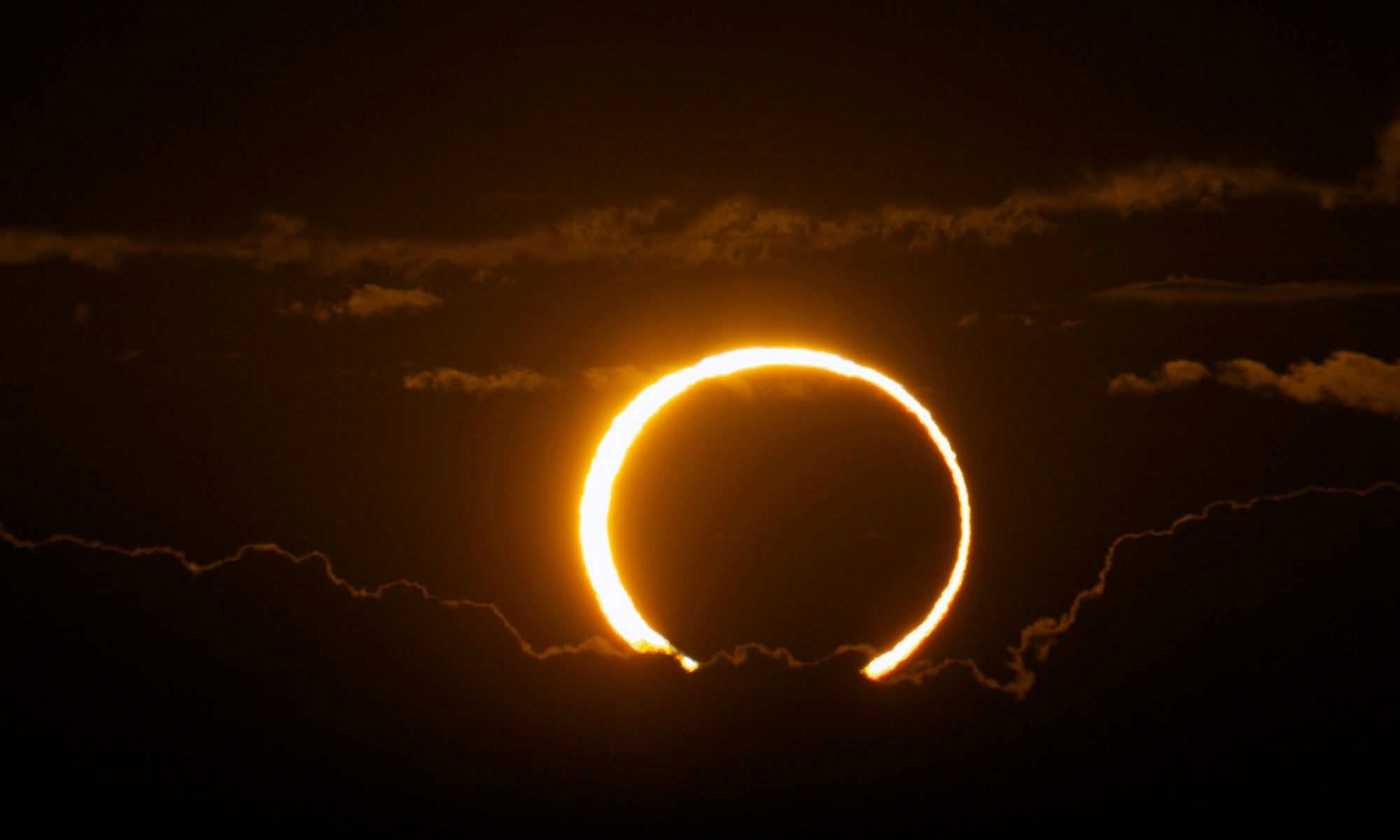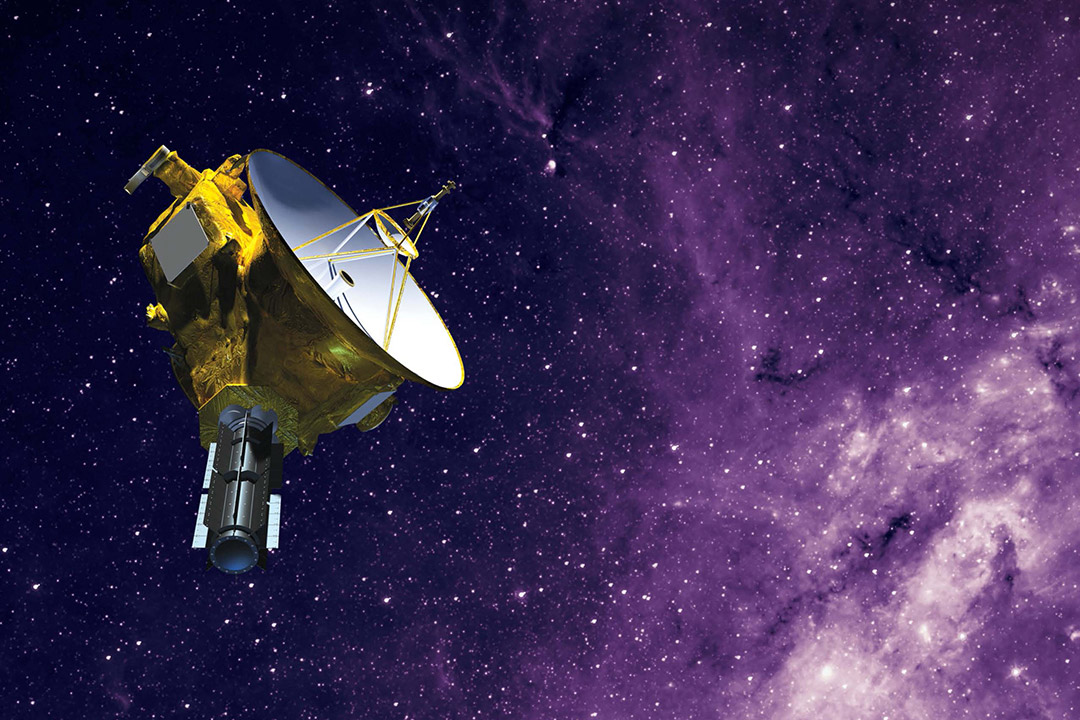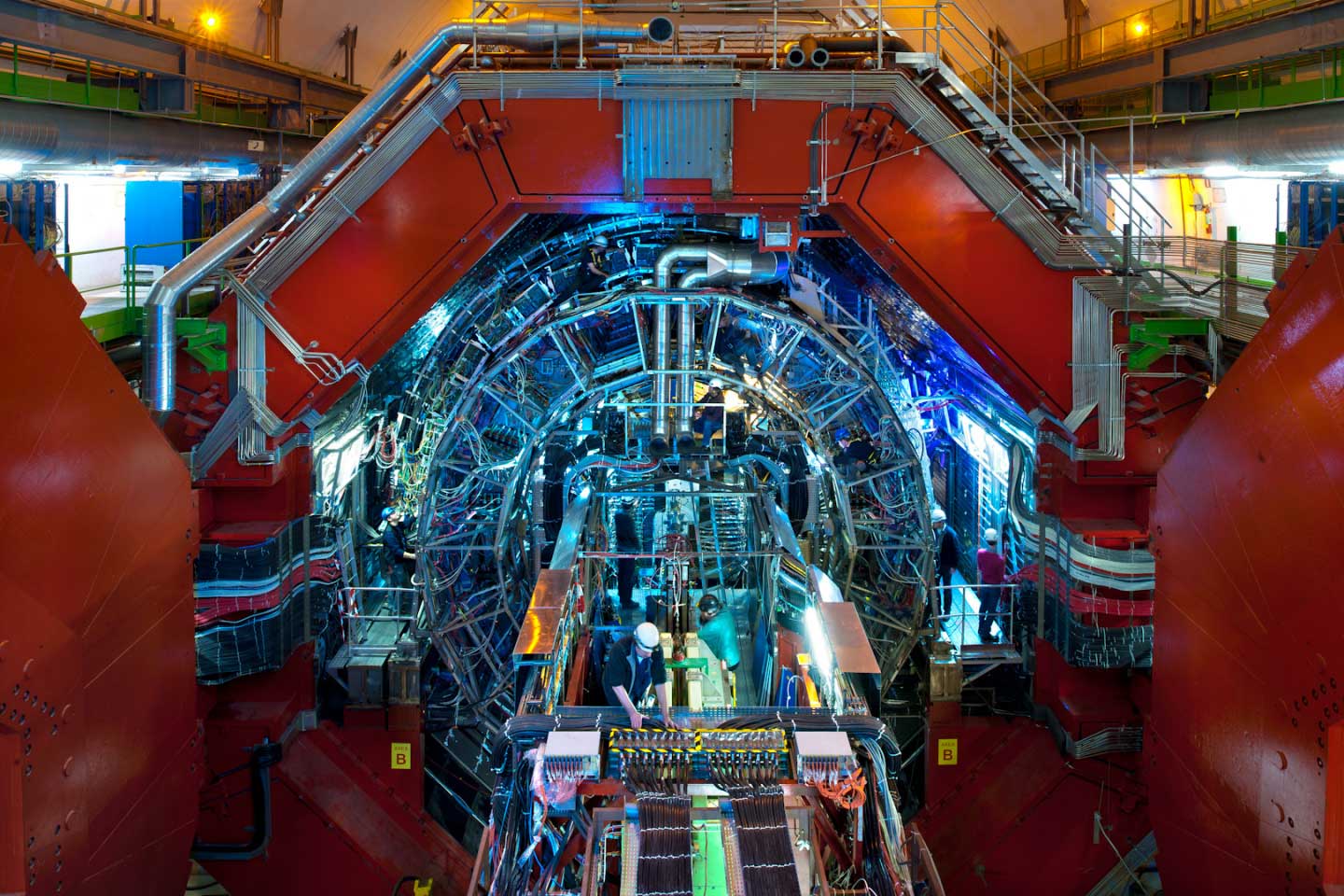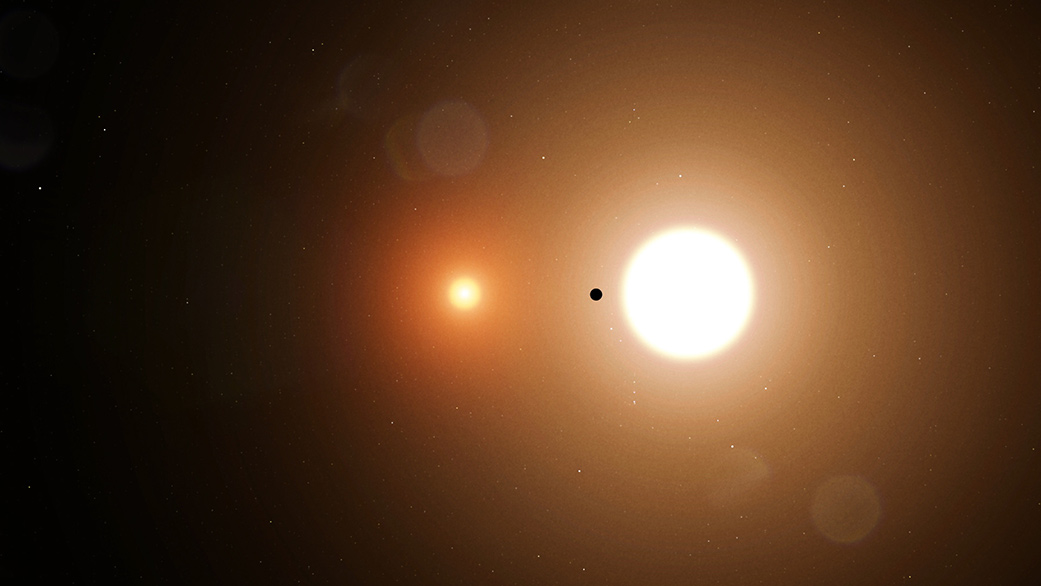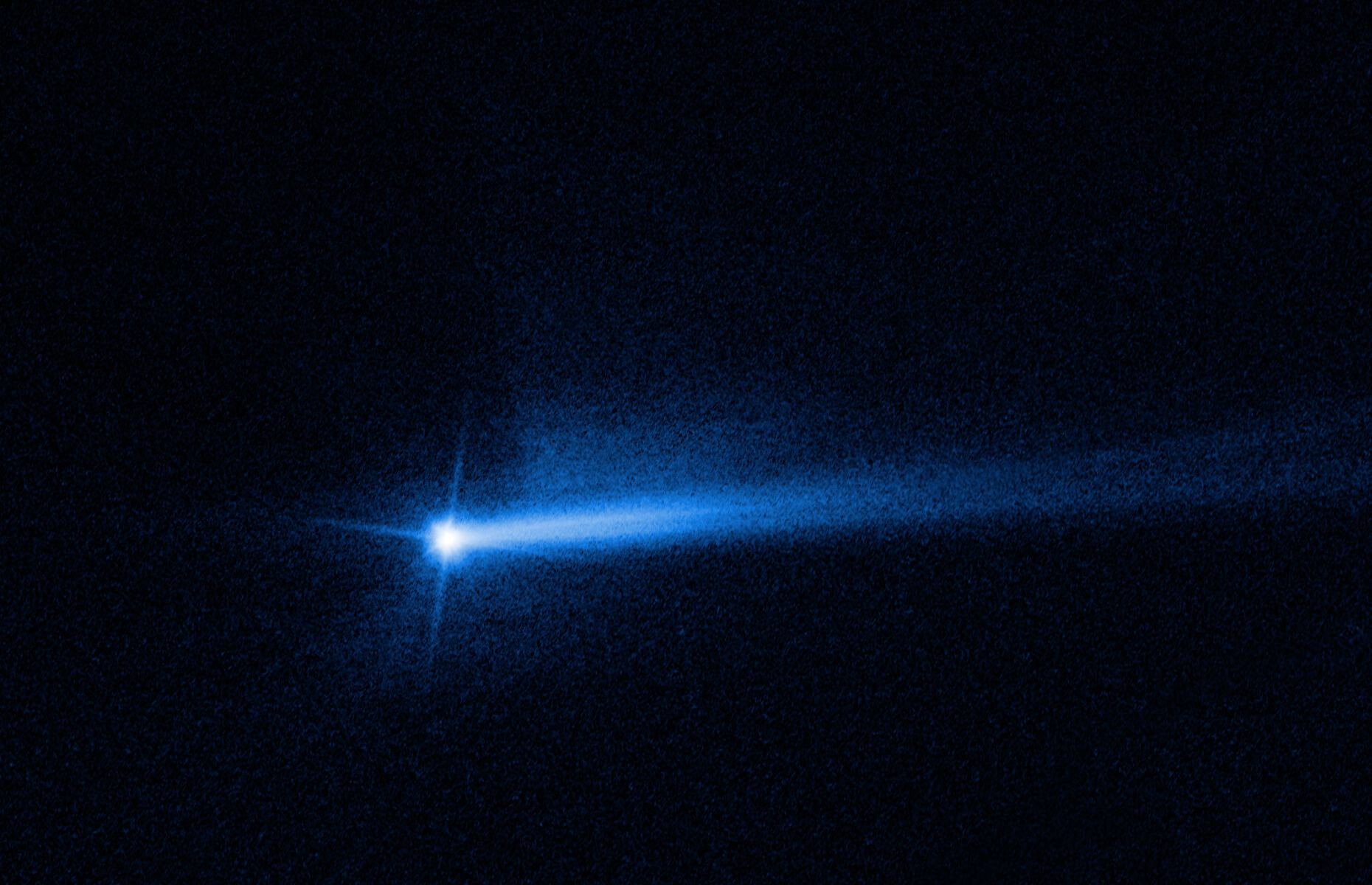Solar power, long considered the leading contender among renewable energy sources, has advanced significantly over the past few decades. The cost of manufacturing and installing solar panels has dropped considerably, and efficiency has increased, making it price competitive with coal, oil, and fossil fuels. However, some barriers, like distribution and storage, still prevent solar power from being adopted more aggressively. In addition, there’s the ever-present issue of intermittency, where arrays cannot collect power in bad weather and during evenings.
These issues have led to the concept of space-based solar power (SBSP), where satellites equipped with solar arrays could gather solar energy twenty-four hours a day, seven days a week, three-hundred and sixty-five days a year. To test this method, researchers at the California Institute of Technology (Caltech) recently launched a technology demonstrator to space. It’s called the Space Solar Power Demonstrator (SSPD), which will test several key components of SBSP and evaluate the method’s ability to harvest clean energy and beam it back to Earth.
Continue reading “Is Space Power a Good Idea? A New Spacecraft is Going to Find Out!”

